Practice
Brabantplein
I decided to switch my research subject to a location I have a more physical relationship with instead of youtube.
I almost visit this place everyday and I have a good connection with it, eventhough I don't really understand how and why I like this space: let's find out!
This place 'Brabant square' is kinda ugly, but for me it still feels as a super nice representation of the Dutch community as a whole, and everyone blending nicely.
The square is designed for te people and the shops aren't there to cater a kind of trend or trendy target audience. There's no coherent or universal audience: the neighbourhood here is extremely diverse. The square is situated on a intersection bewteen social housing, high schools, HBO schools, owner-occupied (middle class) housing, student apartments,
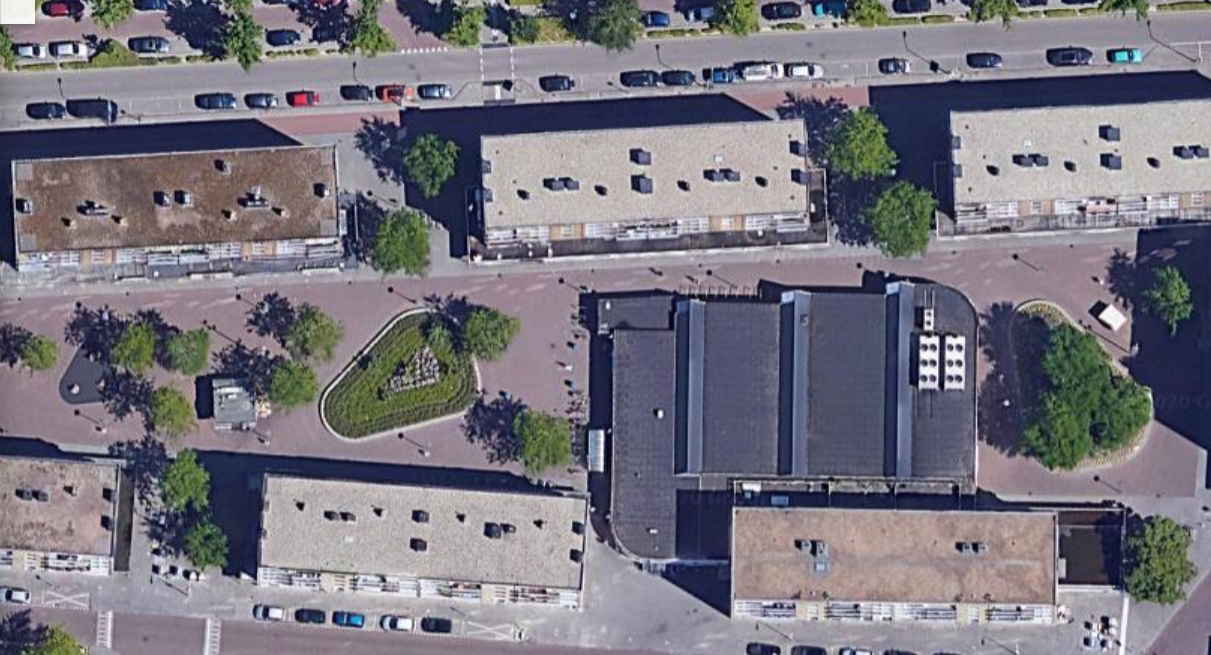
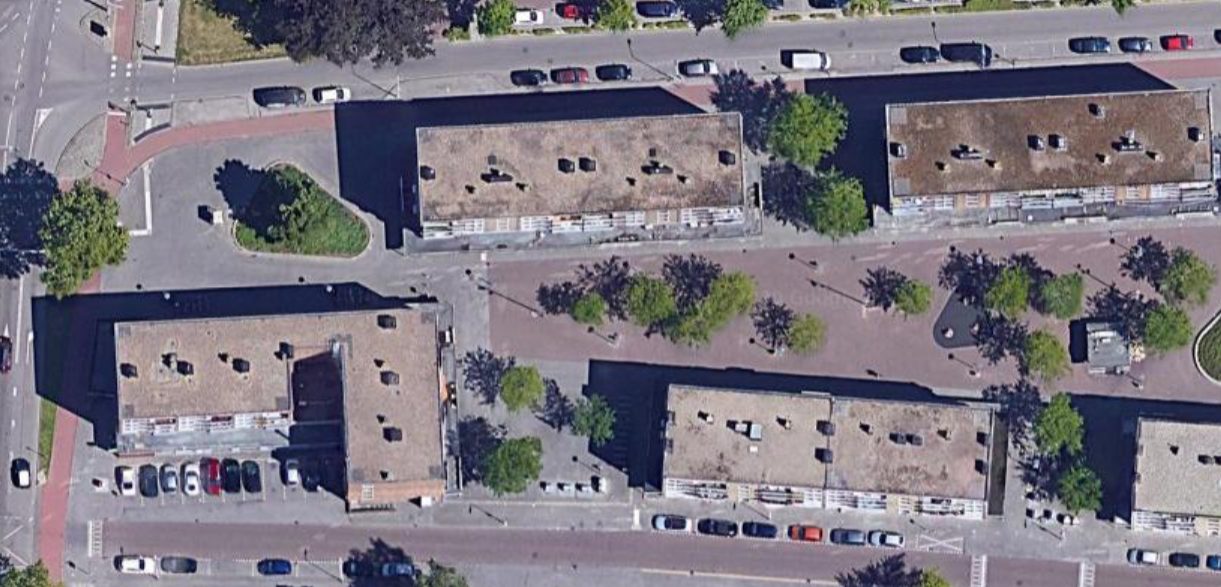
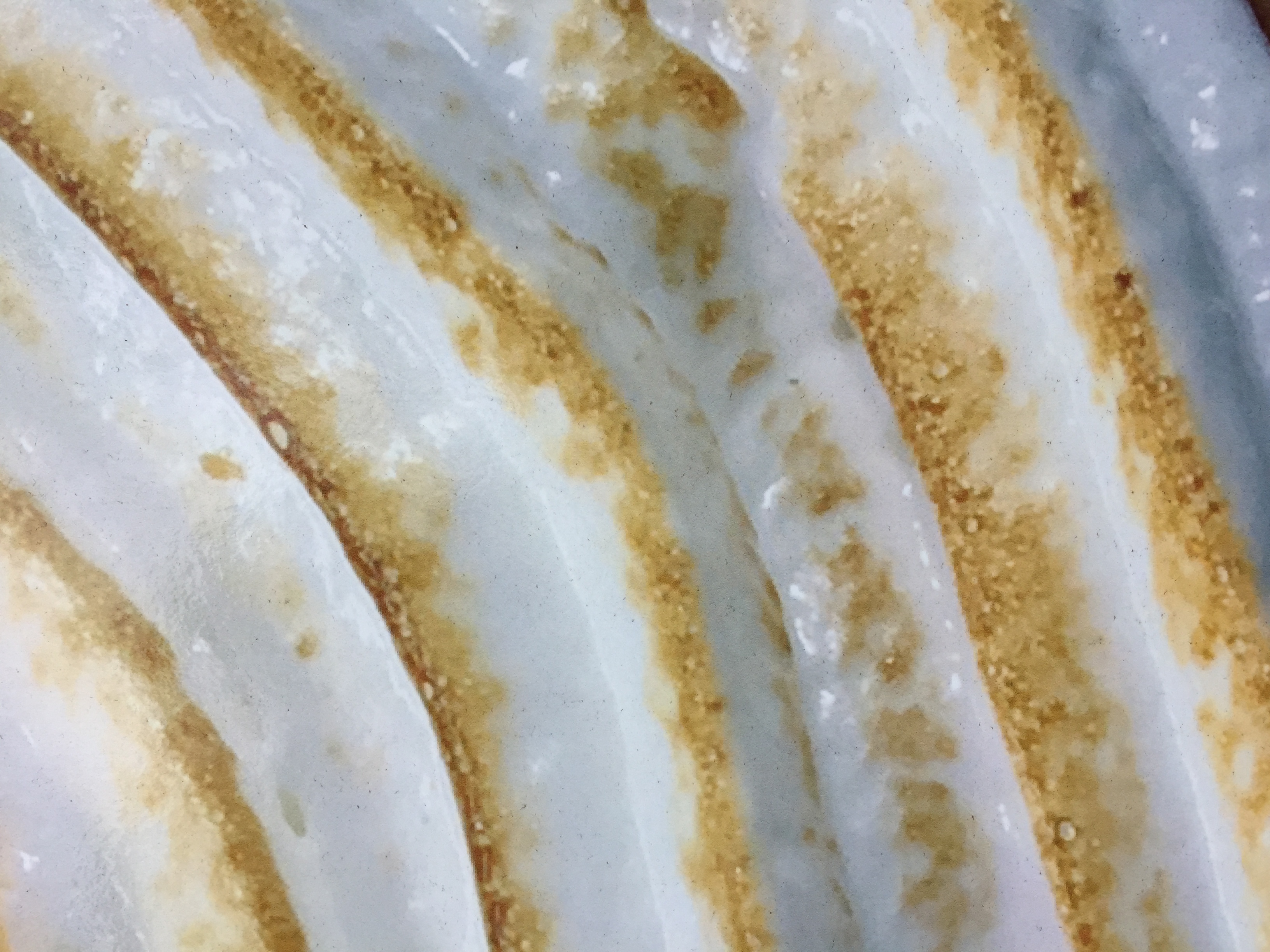
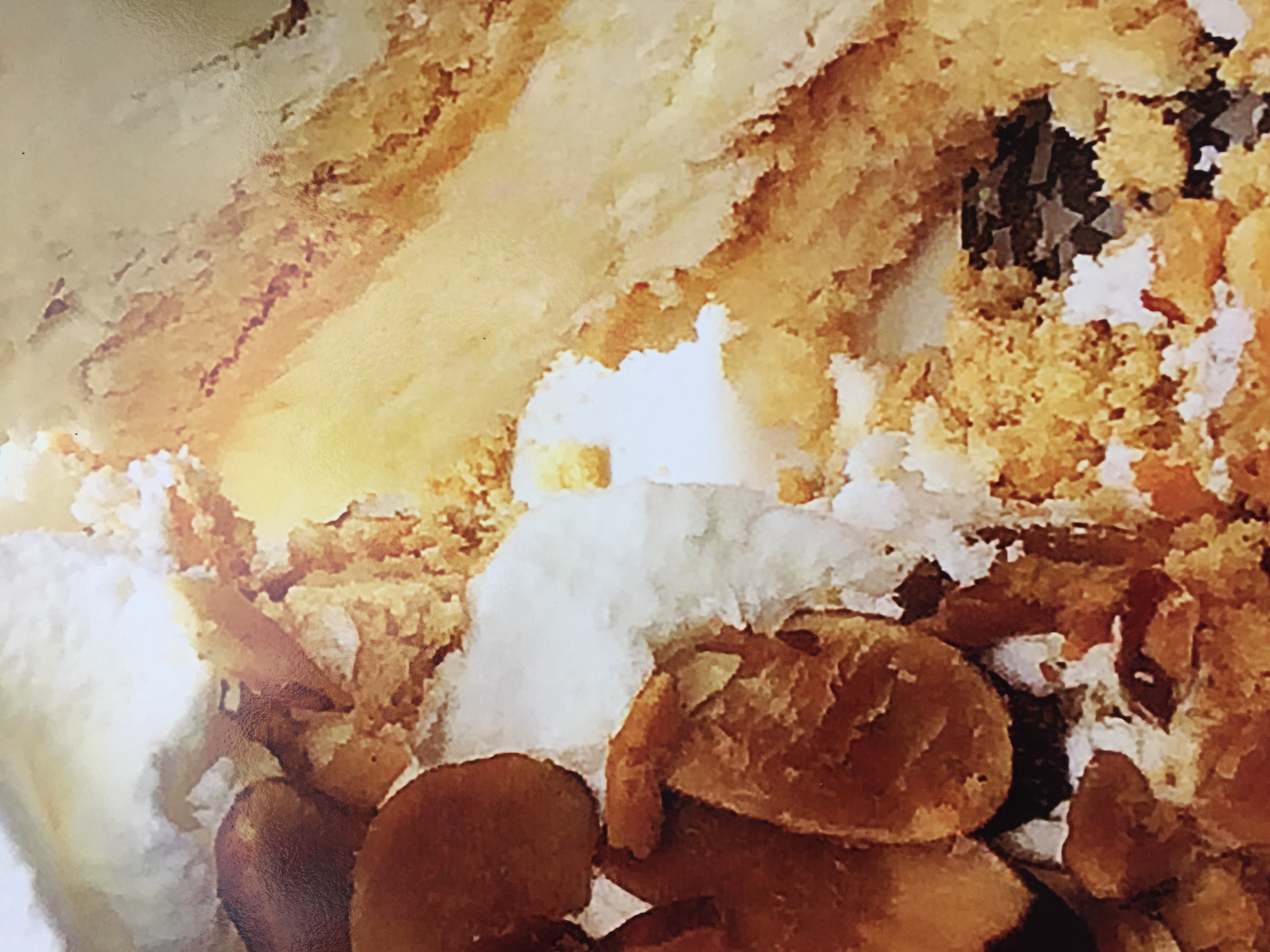
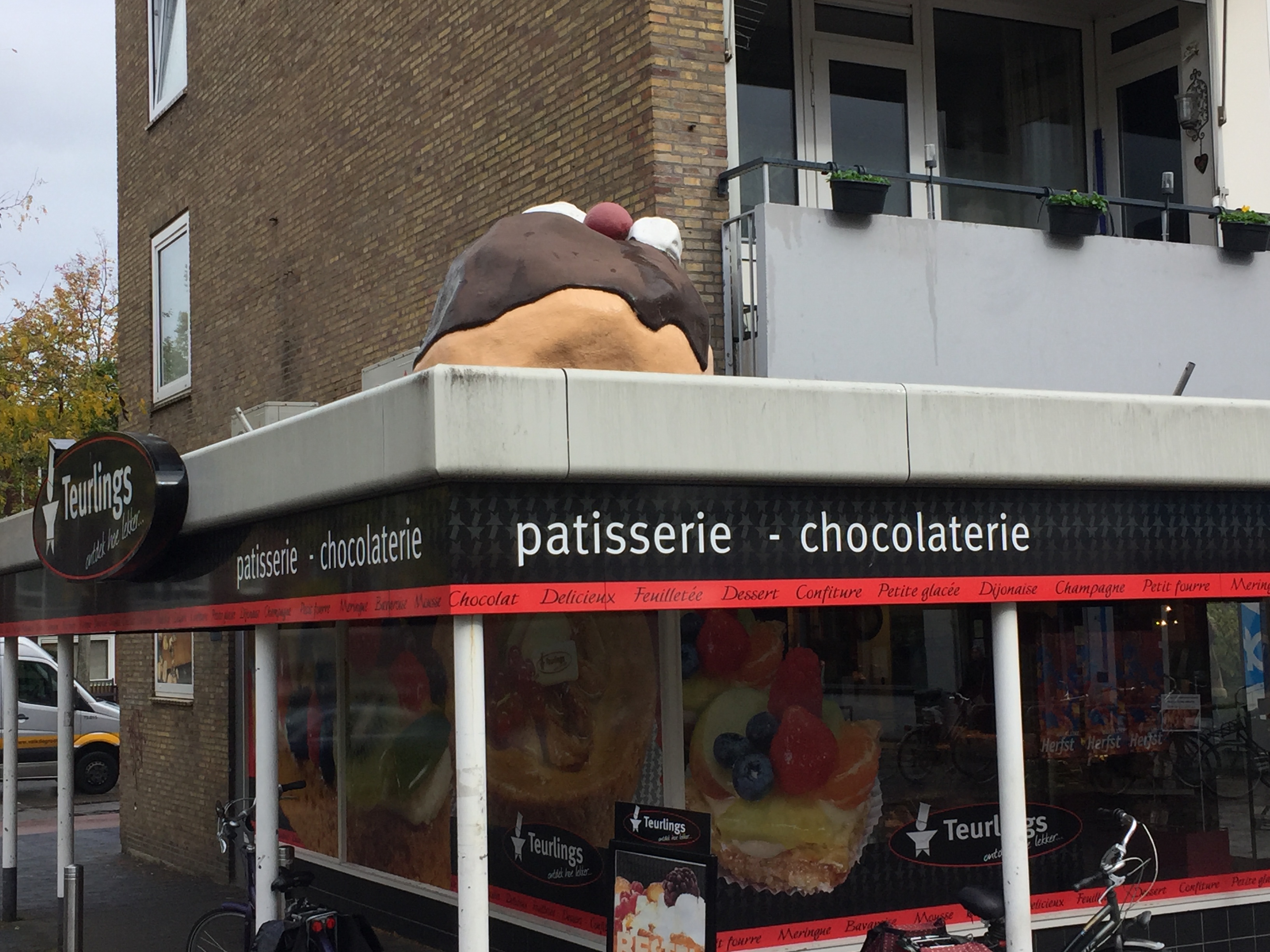
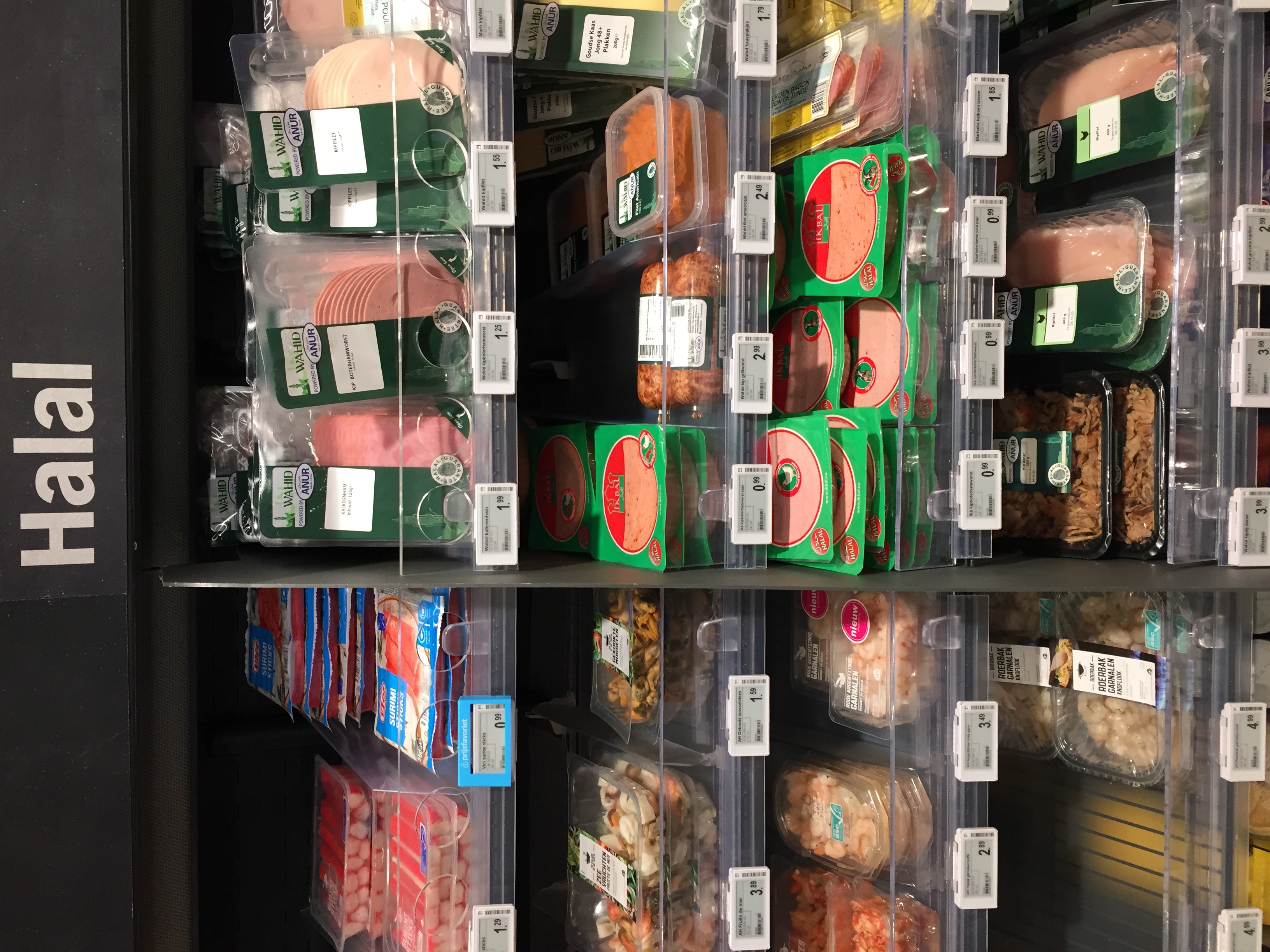
I visited brabantplein 7-10 at 12:22 for groceries, not searching for something but just looking. Questions that came to my mind:
why do I feel super comfortable visiting brabantplein in my pajamas? Do other people do it too?
which shops are gonna have 'Zwarte Piet' decorations this december?
how many nationalities shop here in relation to the population of Breda?
where do what people socialize?
how do people enter the square? is it accesible?
what is the visual language?
what are the indicators of culture?
I always check the Bullitin board at AH, not to buy or sell something but to just 'look at' the neighbourhood, who are offering what? Are there lonely people? Wait, what, is someone giving a reiki workshop with dogs?
You also get little snapshots of people their homes and stuff they have.
I just discovered a person offering Japanese classes and that sparked my interest: do Japanese people live here as well?
First visit
Bulletin board
I sat here for 15 minutes
youngsters chill here or mothers with children
teenagers and 18-30 year old people enjoying döner, usually men
older people cluster more around these spots because there's healthcare facilities and a shop for hearing aids and an optician
a Ducth and a Turkish fresh fish shop
Brabantplein opened in 1958, the design was inspired bij Lijnbaan in Rotterdam. Both are a 'droogloop' a connected shed keeping all the shopping people dry and connecting the shops. Brabantplein is designed in a way that's typical for post-war building.
The shops are all located underneath apartment blocks, almost all the shops are centered arount living, homemaking and maintaining life: food, a hairdresser, health care, a bike shop, restaurants and a drugstore.
Living and shopping are connected.
Drunks, people without a home or outside of the margins gather here they are not scared away by shop owners and sometimes even get food
Teurlings is here for already 58 years
This cake is the reason people outside of the area visit Brabantplein
my biggest fear is that Brabantplein will become a subject for gentrification and loses it's character and diversity. The renovation of Dönerland shows how visual communication and design transforms as the financial opportunities grow.
I can Imagine the renovation also attracts a wider target group and gives people a safer and comfortable feeling. So in terms of financial growth the change of design will help them.
I’m interested how people visiting Brabantplein react to different racist images I found around the square, are they aware of the visual communication? Maybe I can evoke conversation and thought about these topics via collaging (on location?).
Versions of me that visit the square
mappings of objects in the space -> needs more detail of the distribution and consumption of food. food can be a source of cultural and socio-economic information
ideas for an intervention
goal: create an environment, event or activity where people out of different social (economic/class) groups can meet, interact and understand each other
ideas: as i'm focussing in my essay on how imagened realities in the arts can trigger change i would like to use that theme.
collect data from what food is being consumed and organise a scramble scrabble dinner located around the landscaping area that is normally used by the people not participating and involving withing the consuming groups.
let shops involve in this? or focus on the consumers?
let curious people (without the knowledge) and experts (with knowledge) participate in a cooking/eating activity together.
beneath a project from Maarten Bel as my inspiration, he connects the local modeltrain club with enthusiastic children to craft artworks that will sit on top of the trains. i think its such a lovely way to let two different groups meet and work together
scramble srabble dinner
conclusion and why food related?
the square attracts all these super diverse groups because of where it's located and what can be consumed on the square. but the in the way the food is being consumed there is also a seperation taking place on the square itself.
pictures from the Breda photo archive
the first chinese supermarket
the first Albert Heijn
a fire in the Morrocan supermarket
celebrations of Sinterklaas and Carnaval
I loved the idea of working with recipes but when making a cookbook I'm excluding the people without a home or whithout sufficient Dutch. So maybe an event in which I offer different workshops can be realized and includes everyone that visits the square.
the square attracts all these super diverse groups because of where it's located and what can be consumed on the square. but the in the way the food is being consumed there is also a seperation taking place on the square itself.
Interviews on the square, results in Dutch (translated/transcirbed in PDF)
Winkels:
Vraag 1 = meest verkochte product
Vraag 2 = wie koop het, hebben jullie een typische klant?
Teurlings
1. Hazelnoot gebak alle formaten
2. Jong oud dik dun (of mag ik dat niet zeggen) ook buitenlandse studenten van avans en nhtv!
Turkse supermarkt (omg hij is Marokkaans !!! Hahaha hij vond het niet erg maar ik schaam me wel)
1. Marrokkaanse producten verkopen t best
2. Iedereen komt dat kopen, zo leuk al die verschillende mensen
Jojanneke
1.kibbeling!! Makkelijk goedkoop zonder graat zachte smaak ook voor kids
2. Iedereen komt hier!!
Toko
1. Eigenlijk voor elk seizoen en moment van de week een ander product. Maar wat nu opvalt: Japanse producten!! En Koreaans. Dat is eenvoudig te bereiden met niet te veel technieken en kruiden, voor jonge mensen nu heel hip (ik kijk naar mezelf..) ook qua smaak ligt het dichtbij. Heel gesprek gehad over Japanse cultuur, hun vakantie, normen en waarden :)
2. Alle culturen en veel Aziatische internationale studenten uit Taiwan en Korea de laatste tijd
Donerland
1. Kapsalon doner natuurlijk!! En Turkse pizza voor de jongeren
2. Veel studenten overdag alle culturen, Turken Marokkanen maar ook heel veel Nederlanders
Dikke mik
1. Worstenbroodjes!!
2. Oud versleten jong mensen die hier wonen, studenten internationaal. Nog niet alle culturen, wij doen wat we kunnen, gewoon normaal vriendelijk behandelen maar t moet ook vanuit de mensen zelf komen!! Verandering in de politiek
Mensen:
Vraag 1 = zou u interesse hebben in een buurtfeest op Brabantplein om meer in contact te komen met buurtbewoners
Half Spaanse jongen
1.ja leuk!! Er komt hier van alles!! Zeker in deze tijd een mooi idee om wat warmte en gezelligheid te organiseren
2. Spaanse empanadas met chorizo ik -> waarom? ik ben zelf half Spaans mijn moeder is Spaans
3. House naar dan blaas je de ouderen hier weg, voor Karaoke doe maar kleine jongen van Hazes
Lieve mevrouw 60 met rode haren
1. Ja hartstikke leuk ik ben wel benieuwd
2. Ik kan niet goed koken hoor! ik-> dat geeft niks als u iets zou mogen kiezen wat wij regelen: ja dan die kleine gebakjes van Teurlings, die ronde, ik weet niet hoe ze heten ik wijs ze altijd aan, lekker zoet
3. Ik luister van alles joh alles is leuk!
Nigeriaans koppel met lief kindje
1. Leuk idee zeker
2. Okersoep en gebakken banaan
3. Veel muziek!! Nigeriaanse artiesten maar we hebben zoveel goeie: Davido
I translated it to Hussel- diner!
I will organise a workshop in how to collage and remix our favourite recipes and we will create and try out new, absurd recipes together. Maybe a hutspot empanada or plaintain bitterballen, anyone?
I found more during Sinterklaas time, even the shop Dikke Mik where the clerk says they're doing 'anything they can' to welcome all different types of customers, this felt a bit weird to me.
Karaoke starts when the teenagers have their breaks, it will be faced to the dönershop. The event will be funded trough a combination of donations and township fundings. people can also donate a few groceries for the event
I formulated these questions so that they are easy to ask and answer, superficial but can find depth very quickly when the interviewer shows interest and curiosity -->